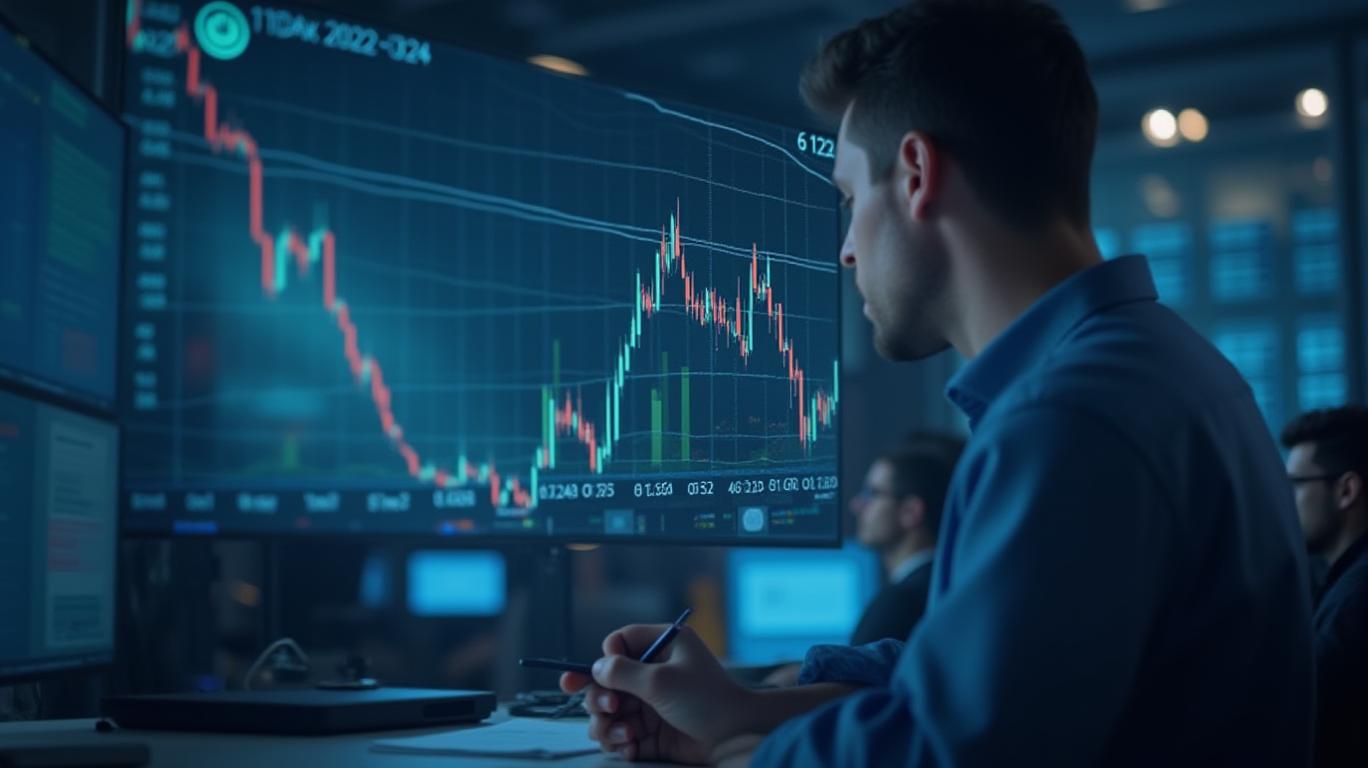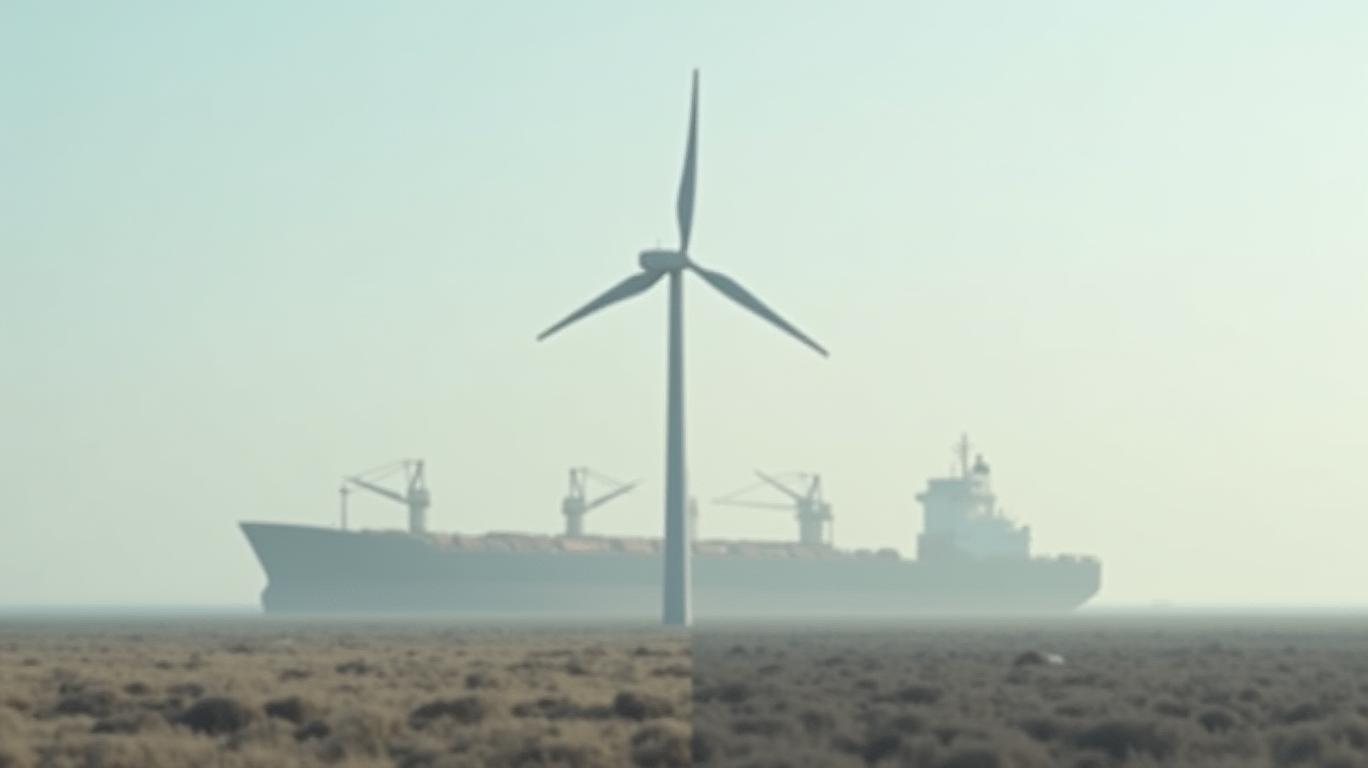DAX's Record High: Riding Fiscal Winds While Navigating Trade Storms
The German DAX index (^GDAXI) has surged to near-record levels in early 2025, climbing to 23,999.17 on May 22, just shy of its all-time high of 23,578.96. This rally is no accident—it’s a story of fiscal stimulus and corporate innovation triumphing over geopolitical chaos, yet investors must tread carefully. The index’s performance masks stark sector divergence: while tech and industrials soar, automotive and luxury stocks falter under the weight of trade wars. Here’s why the DAX’s gains are both exhilarating and perilous, and how to position for it.

The Fuel: Fiscal Stimulus and ECB Easing
The German government’s €1.3 trillion fiscal blitz—€500 billion for infrastructure (benefiting Hochtief) and €800 billion for defense (boosting Rheinmetall)—has turbocharged sectors tied to public spending. The ECB, meanwhile, has slashed rates to 2.25%, lowering borrowing costs for companies like Siemens Energy, which is pivoting aggressively into renewable energy.
The company’s shares are up 34% year-to-date, fueled by wind and hydrogen projects. “This isn’t just a cyclical rebound—it’s structural,” says one analyst. The ECB’s expected rate cuts to 2.0% by year-end could supercharge this trend, but hesitation now could unravel it.
Sector Divergence: Winners and Losers
Tech & Industrials: The Stars
SAP’s AI-driven transformation has doubled its stock since early 2024, while Nemetschek’s infrastructure software gains have surged 45%. Siemens Energy and ThyssenKrupp are benefiting from green energy and defense contracts.
Automotive & Luxury: The Stragglers
Volkswagen and BMW face a 25% U.S. auto tariff, shaving billions from profits. Kering (owner of Gucci) and Hugo Boss are reeling from weak Asian demand and trade-related sales declines. Hugo Boss’s Q1 sales dropped to €999 million, down 2% year-on-year.
The Threat: Trade Wars and ECB Hesitation
The EU’s $108 billion tariff threat to the U.S. and the fragile 90-day U.S.-China truce highlight the fragility of this rally. A failed EU-U.S. deal or renewed tech sanctions could trigger a 5–7% DAX correction. Meanwhile, the ECB’s next move looms large: if it signals a pause in rate cuts, the DAX’s 13.9x forward P/E—a discount to the S&P 500’s 19.5x—might still struggle.
Investment Playbook: Selectivity is Key
Buy the Structural Winners:
SAP, Siemens Energy, and Nemetschek represent secular shifts in tech and green energy. Their growth is less tied to trade wars than to global demand for AI and renewables.Avoid Tariff-Exposed Names:
Volkswagen, Kering, and Hugo Boss are vulnerable until trade tensions ease. Consider shorting these or using put options as a hedge.Monitor the ECB:
The June meeting could be pivotal. A dovish ECB (signaling further cuts) would validate the DAX’s breakout above 23,500.Diversify Geographically:
The EU’s lobster tariff deal and U.S.-UK auto tariff relief hint at possible carve-outs. Stay nimble—this is a game of inches.
The Bottom Line
The DAX’s ascent is a testament to Germany’s fiscal heft and corporate agility, but it’s also a high-wire act over a geopolitical abyss. Investors should lean into sectors like tech and industrials but keep a tight leash on automotive and luxury. The next 90 days—the U.S.-China truce window and ECB decisions—will determine whether this rally is a new bull market or a false dawn. Act swiftly, but stay skeptical.


Comments
No comments yet